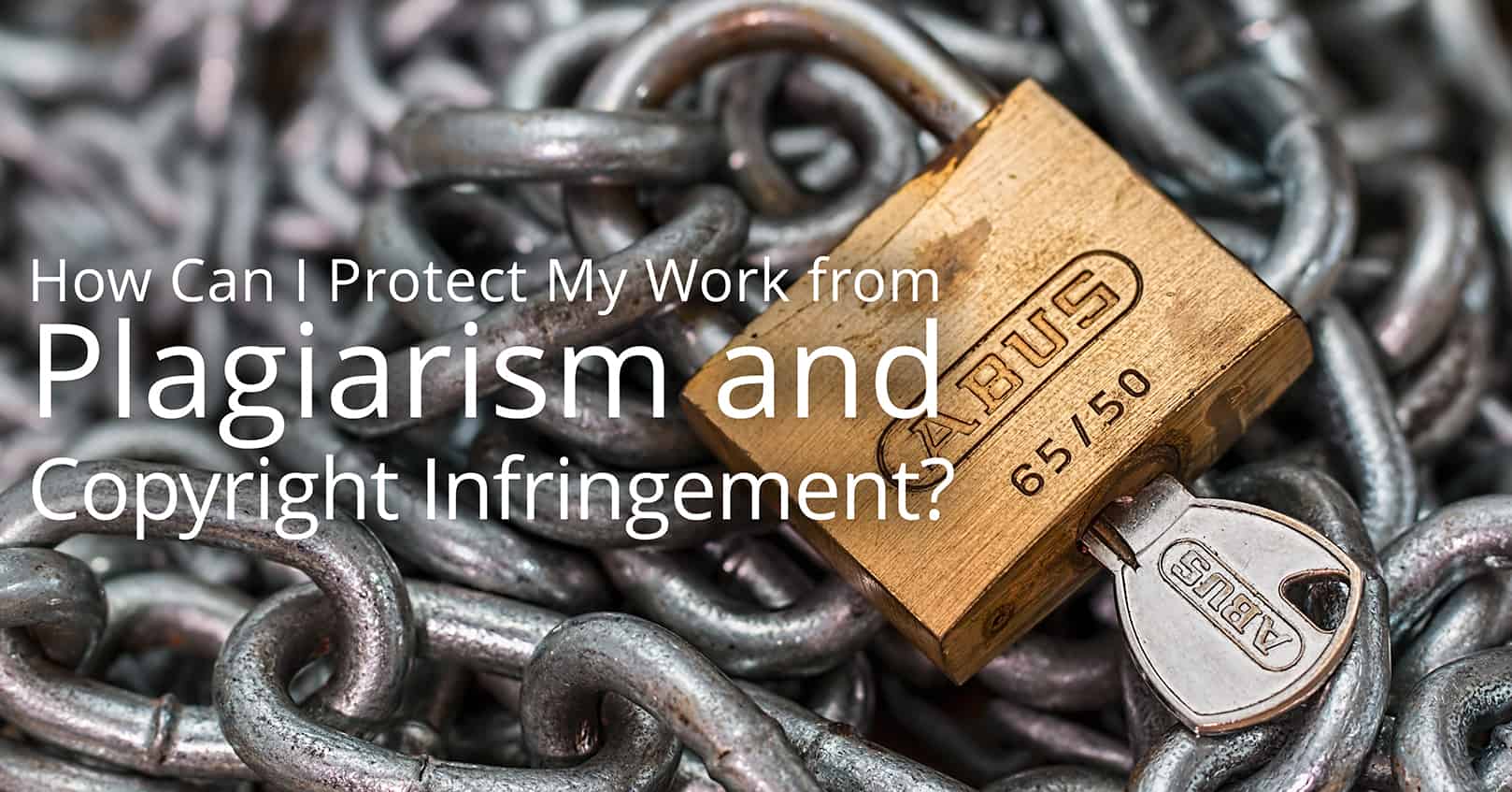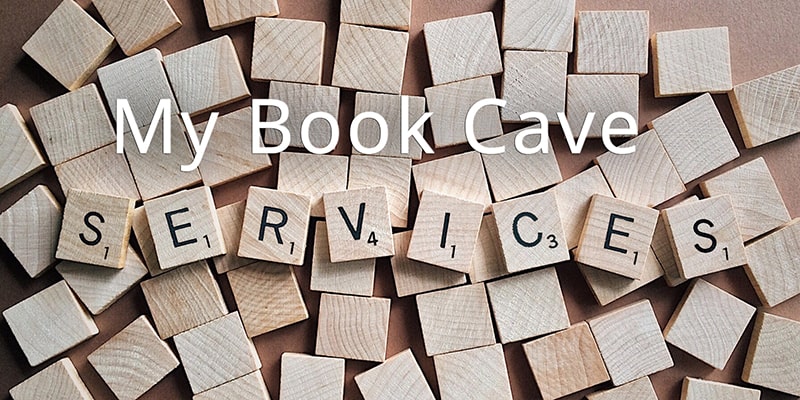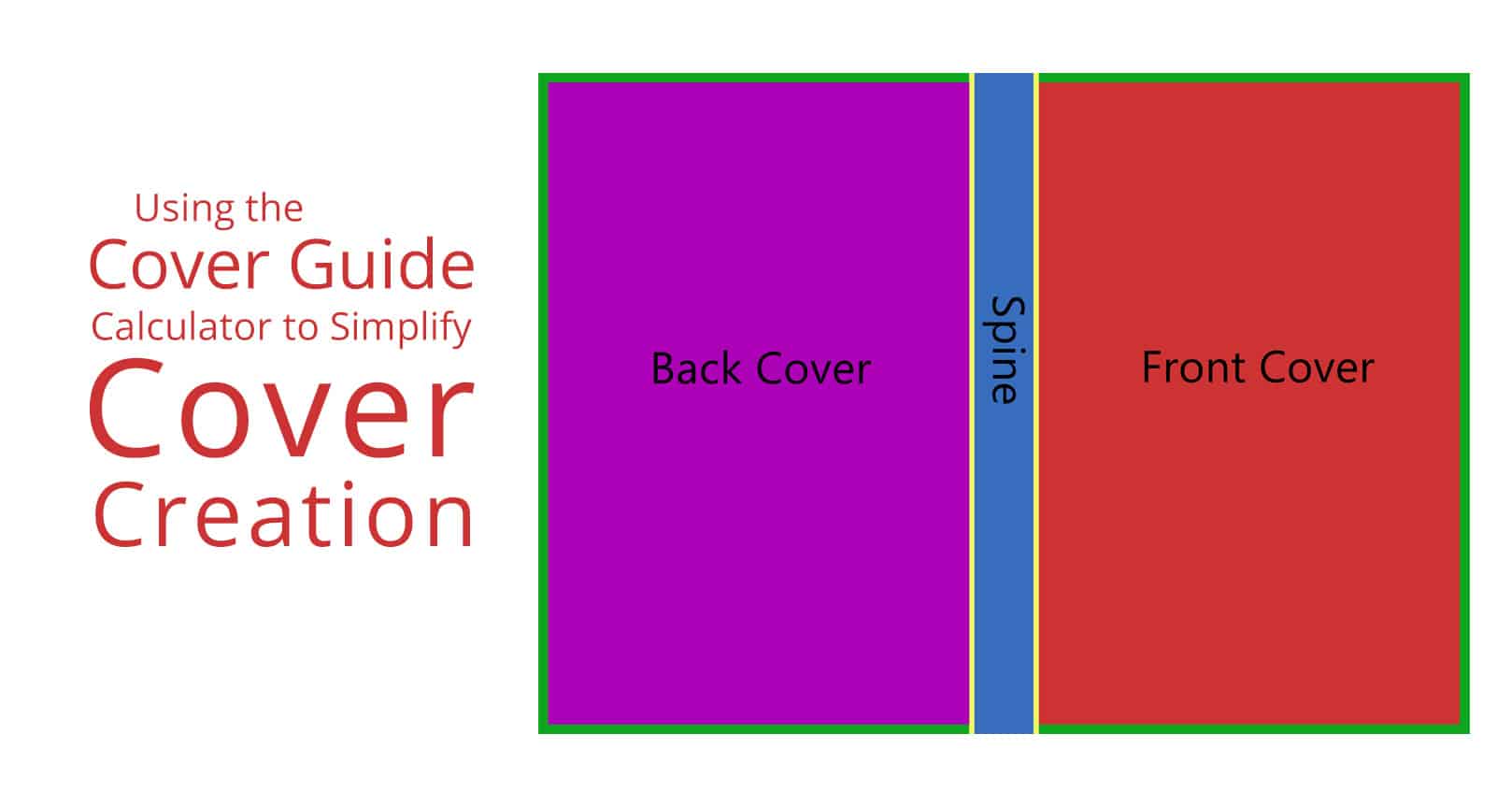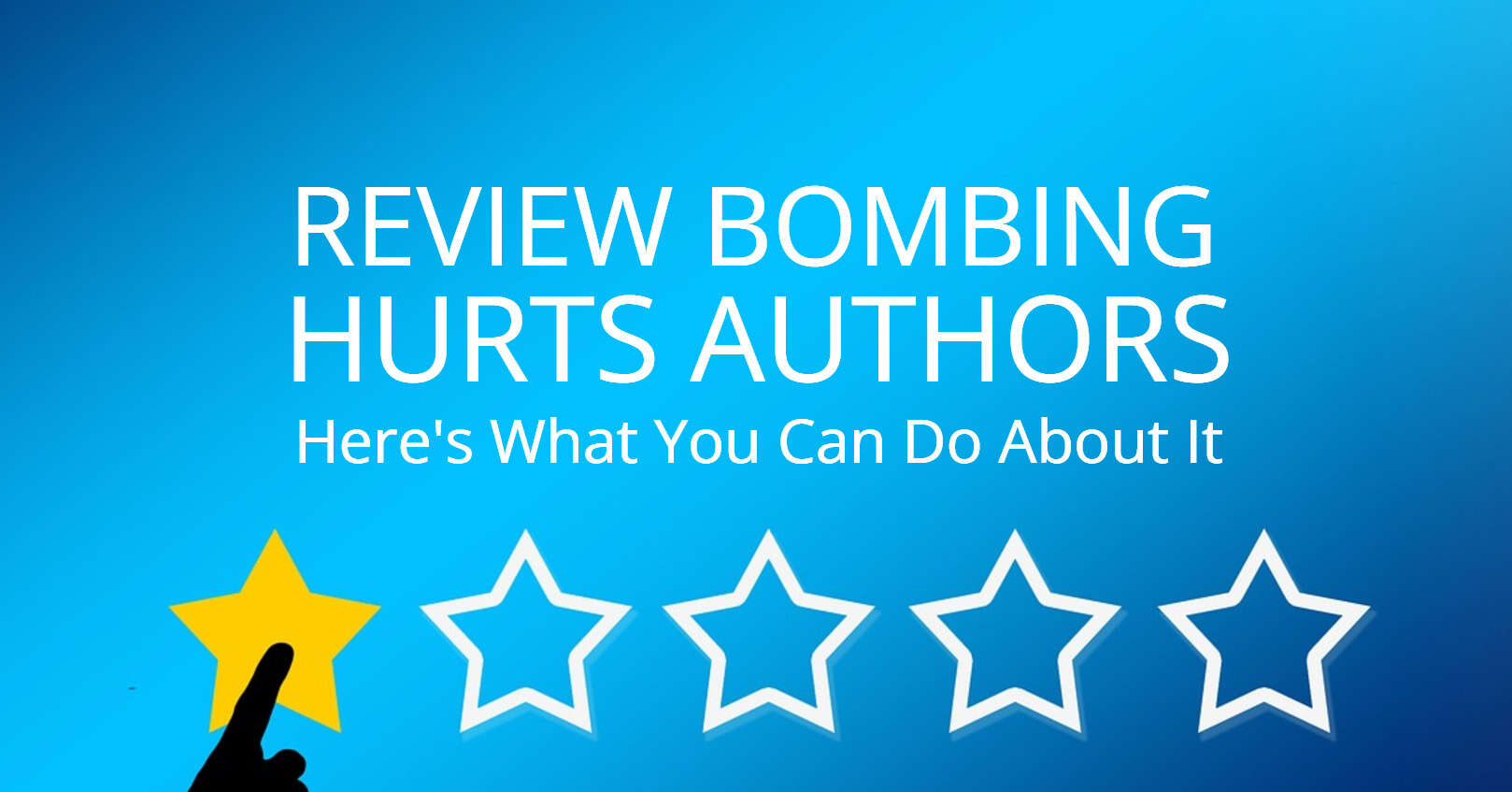
In today’s digital age, protecting your creative work from plagiarism and copyright infringement has become more crucial than ever. As an artist, writer, or content creator, your intellectual property represents your unique voice and originality. However, the ease of digital distribution and the widespread accessibility of content make it increasingly challenging to safeguard your creations. That’s why understanding how to protect your work and defend your rights is essential.
In this article, we will delve into the world of intellectual property protection, exploring strategies and best practices to shield your work from plagiarism and copyright infringement. We will discuss not only the legal aspects but also the practical steps you can take to assert your rights, deter potential infringers, and respond effectively when unauthorized use occurs.
From registering your copyrights and utilizing copyright notices to employing digital security measures and monitoring techniques, we will provide you with a comprehensive toolkit to protect your creative endeavors. We will also explore the importance of understanding fair use, licensing agreements, and the role of digital technologies in safeguarding your intellectual property.
In an era where content can be easily copied, shared, and misappropriated, being proactive in protecting your work becomes paramount. By gaining a deep understanding of the tools, resources, and legal frameworks available, you can navigate the complexities of copyright protection with confidence. Whether you’re a seasoned author or an aspiring writer, this article will equip you with the knowledge and practical insights needed to defend your work and preserve your creative integrity.
Your work deserves respect, recognition, and proper attribution. Let’s take the necessary steps to protect our creative endeavors, preserve the integrity of our artistic vision, and ensure that our voices continue to resonate authentically in the vast digital landscape.
How to Protect Your Work from Copyright Infringement
Protecting your work from plagiarism and copyright infringement is important for safeguarding your intellectual property. Here are some strategies to help you protect your work:
1. Register the Copyright for Your Work
Copyright is a legal right that automatically protects your original creative work, including your book, as soon as it is created in a fixed form (such as writing it down or saving it on a computer). Copyright grants you exclusive rights to reproduce, distribute, display, perform, and modify your work. In many countries, including the United States, you hold the copyright to your work as the author without having to take any additional steps. Copyright protection exists from the moment of creation and typically lasts for the author’s lifetime plus a certain number of years after their death (70 years in many countries).
Registering your copyright is an optional step that provides additional legal benefits. By registering your book with the appropriate copyright office (such as the U.S. Copyright Office), you create a public record of your copyright ownership. Registration strengthens your legal rights and provides evidence that can be used in court if someone infringes upon your copyright. It also allows you to seek statutory damages and attorney’s fees in case of infringement. While not required for copyright protection, registration is recommended, especially if you anticipate the need for legal action or if your work holds significant commercial value.
2. Display Copyright Notices
Copyrighting your work isn’t enough; you must also let people know that your work is copyrighted, and this should be done on every instance of your work.
Place a copyright notice on your work to indicate that it is protected by copyright. Include the copyright symbol (©), the year of creation, and your name. This notice serves as a deterrent and alerts others that your work is protected.
Check out this article for detailed instructions on how to create a copyright page for your book.
3. Monitor and Enforce Your Rights
Regularly monitor online platforms, including websites, social media platforms, and publishing platforms, for any unauthorized use of your work. Utilize online tools and services that can help track and identify instances of potential infringement. If you discover unauthorized use, take prompt action by sending cease and desist letters or DMCA takedown notices to the infringing parties or the platform hosting the infringing content. Also, make sure to thoroughly document the site and users who are infringing for evidence.
Here are the steps you can take to monitor your online presence for copyright infringements:
- Online search engines: Regularly conduct manual searches using popular search engines like Google, Bing, or Yahoo. Enter keywords or unique phrases related to your work to identify instances where it may have been used without permission. Pay attention to both text-based content and images.
- Reverse image search: Use reverse image searches engines like Google Images, TinEye, or Yandex to find instances where your visual content, such as illustrations or photographs, may have been used without authorization. Upload your image or enter its URL, and the search engine will find similar or identical images across the web.
- Copyright infringement monitoring services: Several online services specialize in monitoring copyright infringements on your behalf. They use advanced algorithms to scan the internet and identify potential instances of unauthorized use of your work. Some popular services include Copyscape, Plagspotter, Pixsy, ImageRights, TinEye Alerts, and Copyright.com’s iCopyright service.
- Set up Google Alerts: Create Google Alerts for specific keywords related to your work, such as your book title, author name, or distinctive phrases. Google will notify you by email whenever new content matching your chosen keywords appears online. This allows you to stay informed about potential infringements.
- Social media monitoring: Monitor social media platforms for instances of unauthorized sharing or use of your work. Use platform-specific search functions or third-party tools that track mentions and keywords across social media channels. Report any infringements found on social media to the platform’s copyright enforcement procedures.
- Digital watermarking and tracking services: Watermark your digital images or files with unique identifiers to track their usage across the internet. Some watermarking services also provide tracking and monitoring features to help identify instances of unauthorized use. This can be an effective method to detect infringements and gather evidence.
4. Get Your Readers Involved
It’s impossible to monitor the entire web for copyright infringements yourself, especially since some more clever thieves have learned to hide stolen works behind things like paywalls, logins, and not having Google index them. Large torrent sites are often taken down eventually, but then generally just pop back up under another name.
Other sneaky forms of copyright infringement are stealing the bulk of the novel but changing the title and cover image. Other people may loosely change your novel by switching out character and city names and adding a few additional scenes, but the majority of the book is copied from your novel. Since these things won’t ping on one of the monitoring methods we mentioned above, many authors only find out about these acts of theft when a reader alerts them.
Getting your readers involved is a great way to expand your eyes. Many readers do care about copyright, and if they see an author’s works being stolen, they are upset about it. However, most readers don’t realize that authors are accessible to them. Let readers know that you’re available to them and actively ask them to inform you of any copyright infringements they find.
You could even offer some sort of incentive to readers who help you find infringements.
5. Watermark Your Digital Content
For visual content, consider adding a visible watermark that includes your name, copyright symbol, or website URL. This can act as a deterrent and make it more difficult for others to pass off your work as their own. There are also tracking services available that will track and monitor your watermark to help identify theft. Here are some advantages of watermarking your ebook:
- Deter unauthorized sharing: A visible watermark on your ebook can act as a deterrent to potential infringers. When readers see a watermark indicating the book is copyrighted or licensed, they are less likely to engage in unauthorized sharing or distribution of your work.
- Establish ownership and authorship: A watermark helps establish a clear connection between your ebook and your authorship. It reinforces the message that the content is protected by copyright and that you are the rightful owner of the work. This can discourage plagiarism and reinforce your identity as the creator.
- Provide a means of identification: Watermarks can serve as a unique identifier for your ebook. By adding a personalized watermark, such as your name, logo, or website URL, you create a visible mark of authenticity. If your ebook is shared or discovered outside of authorized channels, the watermark can help identify its original source.
- Increase brand visibility and recognition: Watermarking your ebook with your brand logo or website URL can help increase brand visibility and recognition. When readers come across watermarked content, they are more likely to associate it with your brand or author identity. This can potentially lead to increased exposure and help drive traffic to your website or other online platforms.
- Act as a promotional tool: In some cases, watermarking can serve as a promotional tool for your ebook. For instance, you can watermark a sample or preview version of your ebook and make it available for free or as a limited-time offer. This can create awareness about your work, generate interest, and potentially drive readers to purchase the full, watermark-free version.
- Provide evidence in copyright disputes: If your ebook is unlawfully reproduced or distributed, the presence of a watermark can serve as valuable evidence in copyright disputes. The watermark can help establish that the infringing copy originated from your original work and strengthen your case if legal action becomes necessary.
While watermarking can provide these benefits, it’s important to consider the balance between protection and user experience. Intrusive or distracting watermarks may negatively impact the reading experience and deter potential readers. Therefore, it’s crucial to find a balance that protects your rights without compromising the overall quality and enjoyment of your ebook.
Ultimately, the decision to watermark your ebook depends on your specific goals, the nature of your content, and your comfort level with potential risks.
Read this article to learn about how you can add a watermark to an ebook in Jutoh.
6. Use digital rights management (DRM) technologies:
DRM stands for Digital Rights Management. It refers to technologies and techniques used to protect and control the distribution and use of digital content, such as ebooks, music, videos, and software. DRM systems are designed to prevent unauthorized copying, sharing, and modification of copyrighted materials.
DRM typically involves encrypting the digital content and implementing access controls that restrict its usage. These controls can include limitations on the number of devices on which the content can be accessed, restrictions on copying or printing, and the requirement of license authentication or digital keys to unlock and access the content.
The primary goal of DRM is to protect the rights of content creators and copyright holders by preventing unauthorized distribution and use of their works. It aims to strike a balance between protecting intellectual property and enabling legitimate usage by authorized individuals.
Different industries and platforms have varying approaches to DRM. Some ebooks may use DRM technologies to prevent unauthorized sharing or copying, while others may opt for more permissive or DRM-free models that rely on social trust and honor systems. The more restrictive DRM methods can cause a lot of hassle for readers who have legitimately bought a book and want to share it between devices, so you’ll want to take that into account when deciding what to do with your book.
As a content creator or consumer, understanding DRM can help you navigate the rights and limitations associated with the digital content you create or access, and make informed decisions about the platforms and distribution methods you choose.
DRM technologies can help protect digital files, such as ebooks, by adding restrictions to prevent unauthorized copying or distribution. Explore DRM solutions that suit your needs and consider implementing them for your digital content.
7. Maintain Clear Documentation
Keep records of your creative process, including drafts, revisions, and dates of creation. This documentation can be valuable evidence in case of any disputes regarding the originality and ownership of your work, especially when it comes down to whether or not you’re the original writer of the work.
Unfortunately, some thieves will maintain that they wrote a piece even after they’ve been caught. Having some sort of documentation that proves your work existed before they ever started on their own work will be crucial in these cases.
8. Educate Yourself on Copyright Laws
Familiarize yourself with copyright laws in your jurisdiction to understand your rights and the legal remedies available to you in case of infringement. Stay updated on any changes or developments in copyright legislation to ensure you are well-informed.
Great ways to educate yourself on copyright laws include researching online resources like the U.S. Copyright Office (copyright.gov), the World Intellectual Property Organization (wipo.int), and the Intellectual Property Office (ipo.gov.uk), who offer comprehensive guides, FAQs, and educational materials on copyright laws specific to various countries, as well as reading books about copyright law like The Copyright Handbook by Nolo, Copyright Law for Writers, Editors, and Publishers by Lloyd J. Jassin, and The Copyright Zone: A Legal Guide for Photographers and Artists in the Digital Age by Edward C. Greenberg and Jack Reznicki. These resources provide valuable information on copyright registration, fair use, licensing, and infringement.
You may also consider taking online courses or webinars, attending workshops or conferences, consulting with legal professionals, and joining professional forums.
9. License Your Work
Copyrighting your book establishes your ownership and provides automatic legal protection, while licensing allows you to grant specific permissions to others while retaining your copyright. Consider licensing your work under specific terms and conditions through Creative Commons licenses or other licensing agreements. This allows you to grant certain permissions for the use of your work while retaining your rights and controlling how it can be shared or modified.
Licensing your book allows you to grant permissions for various purposes, such as translation, adaptation, distribution, or reproduction. It enables others to use your work legally while ensuring you maintain control over its usage and receive appropriate compensation. Licensing agreements can be tailored to meet your specific needs and can be entered into with publishers, translators, film producers, or other individuals or organizations interested in utilizing your book in different formats or for different purposes.
If you grant permission for others to use your work in any way, whether you are contracting with a new publisher, to make special editions, bookish merchandise, etc, use contracts or licensing agreements that outline the terms and conditions of use. These agreements can help clarify the rights and responsibilities of both parties and provide legal recourse in case of a breach.
10. Seek Legal Advice if Necessary
If you have particular questions about copyright law and protecting your book(s) or encounter serious cases of copyright infringement or plagiarism, consult with an intellectual property lawyer who specializes in copyright law. They can guide you on legal actions to take, help you understand your rights, and represent you if necessary.
What to Do after You Find a Copyright Infringement
Discovering copyright infringement can be anywhere from disheartening to completely maddening, especially since KDP Select may see copyright infringements as contract violations and threaten to ban your works from their platform. This is incredibly frustrating as an author to be punished for someone stealing your work.
Here are some steps to consider when you discover copyright infringement to help you get it taken care of as quickly and effectively as possible.
- Gather evidence: Document the instances of infringement by collecting evidence such as screenshots, URLs, dates, and any other relevant information. This evidence will help support your claim and strengthen your case if legal action becomes necessary.
- Contact the infringer: Start by reaching out to the infringing party directly. Send a clear and polite cease and desist letter, outlining the copyright infringement and requesting that they immediately remove or cease the unauthorized use of your work. Specify the actions you expect them to take, such as removing the content from their website or platform, providing proper attribution, or compensating you for the unauthorized use. You can find templates online for a cease and desist letter, or you can hire a lawyer to write one for you.
- Send a DMCA takedown notice: If the infringing content is hosted on a website, social media platform, or online service, follow their procedures for submitting a Digital Millennium Copyright Act (DMCA) takedown notice. Provide the necessary information, including details of the infringement, your copyright ownership, and evidence supporting your claim. The platform will typically investigate the matter and remove the infringing content if it violates their policies.
- Consult a legal professional: If the infringement persists or if the situation is more complex, it may be advisable to seek legal advice from an intellectual property attorney who specializes in copyright law. They can guide you through the legal process, advise on your rights, and help you determine the best course of action to protect your work.
- Explore alternative dispute resolution: In some cases, alternative dispute resolution methods, such as mediation or arbitration, can help resolve copyright disputes without resorting to litigation. These processes can provide a more cost-effective and expedient way to reach a resolution, while still protecting your rights.
- Consider filing a lawsuit: If all attempts at resolution fail, you may need to consider filing a lawsuit to enforce your copyright. Consult with an attorney to evaluate the strength of your case, assess potential damages, and determine if litigation is the best course of action for your situation.
- Keep records and stay vigilant: Throughout the process, maintain a detailed record of all communication, actions taken, and outcomes. Regularly monitor your work’s online presence and conduct periodic searches to ensure that no further infringements have occurred. Stay informed about copyright laws and any changes that may affect your rights.
Remember, every case of copyright infringement is unique, and the appropriate response may vary. It’s crucial to evaluate each situation carefully and seek professional legal advice when necessary. By taking proactive steps and protecting your copyright, you can assert your rights as a creator and safeguard the value of your intellectual property.
Do you have any tips for protecting your copyright? Share with us in the comments below!
Happy writing.
















Comments